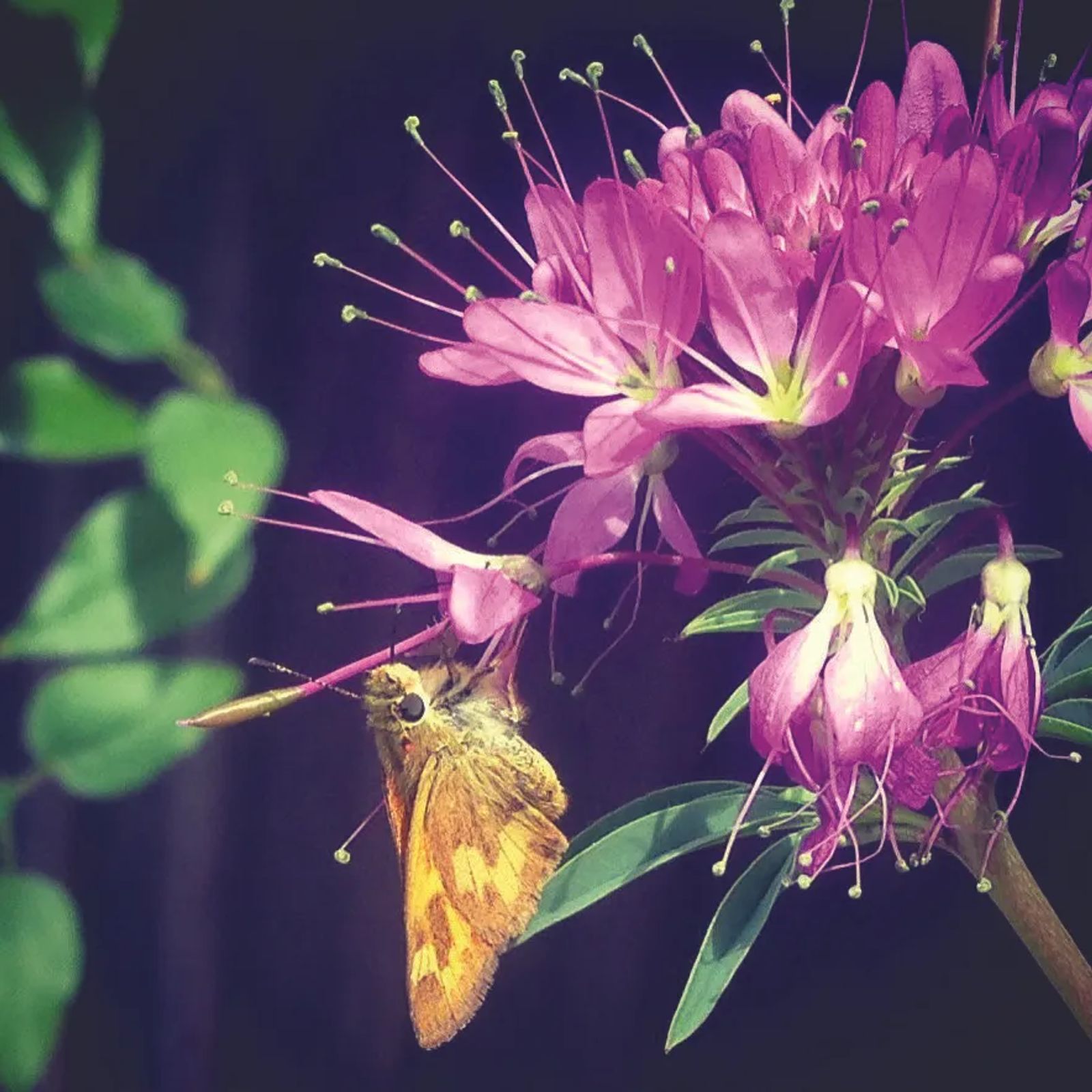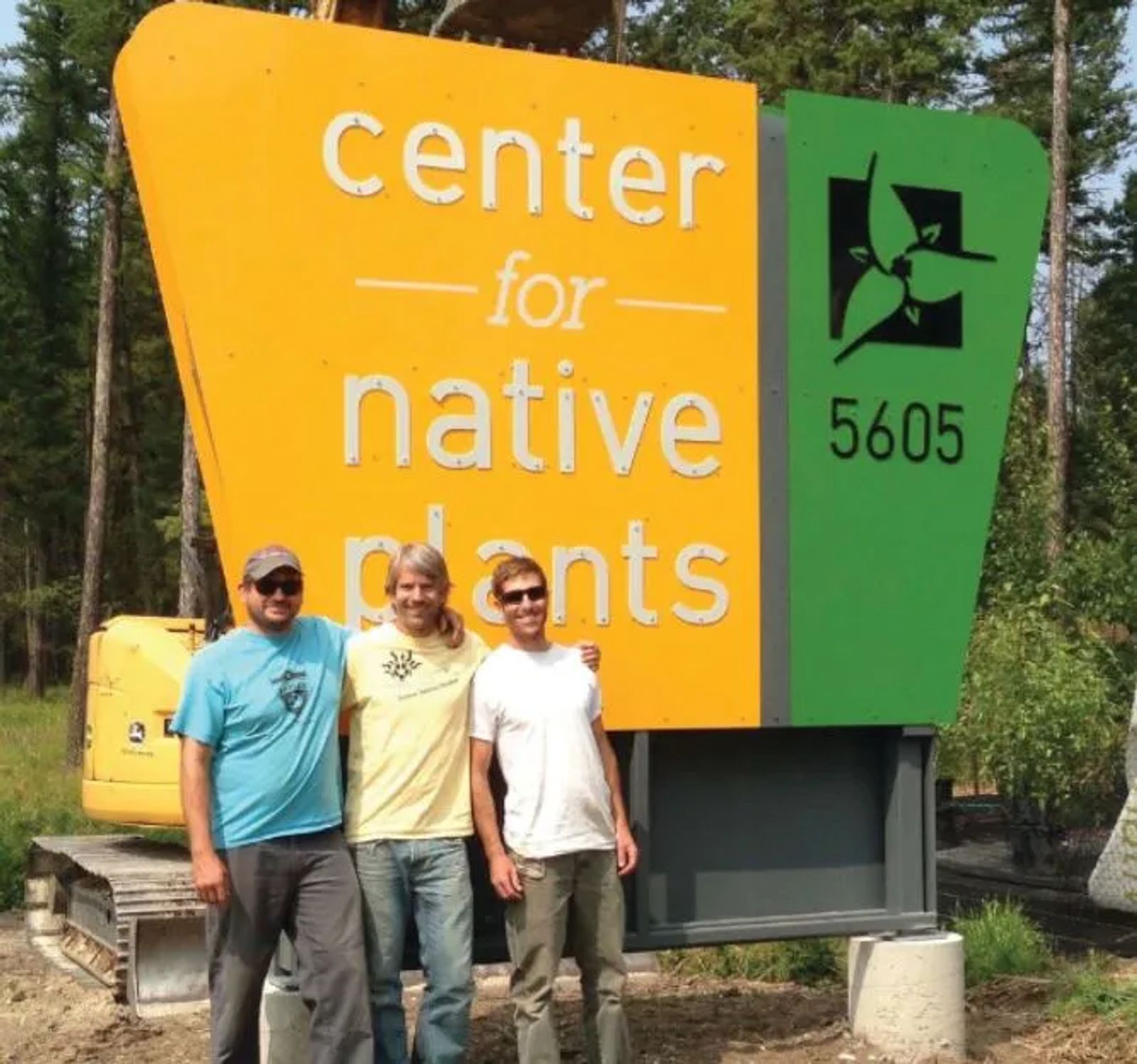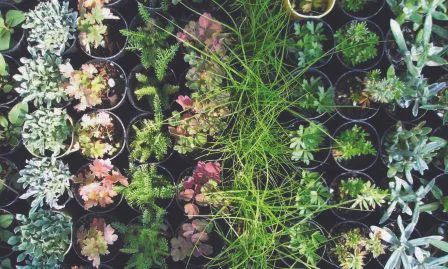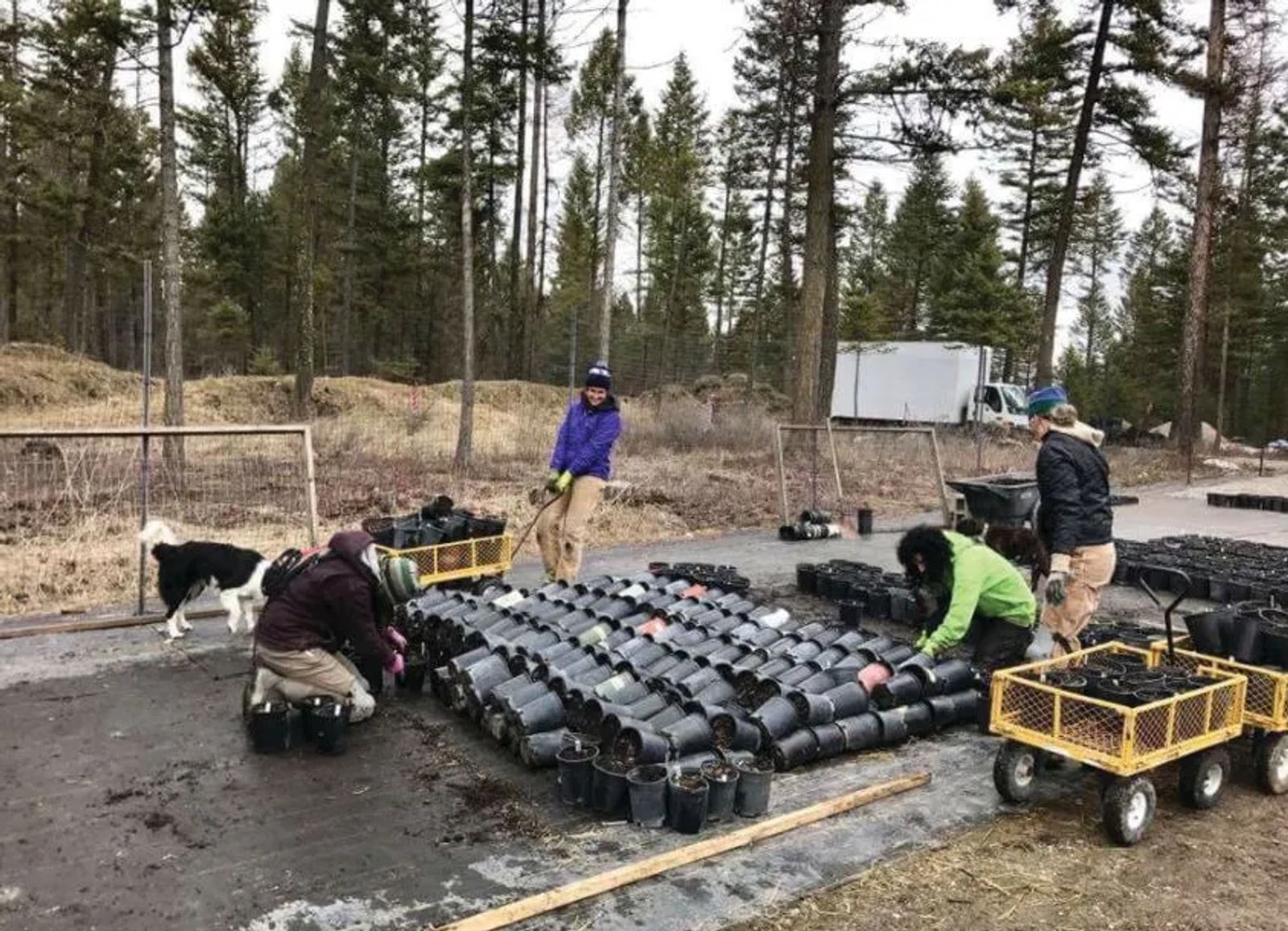
Go Wild
Native Plants Reclaiming the Landscape of the West
With the warm season finally in full swing here in the Rocky Mountain region of Montana and Wyoming, it's never been easier to find reasons to appreciate the nature which surrounds us. Wildflowers begin to emerge from the warming soil, shining their colorful faces into our world. Trees take on fresh green liveliness. Grasses overtake the mud, beckoning us to lie down awhile and enjoy the sunshine.
As the warmth stirs us from our wintertime hibernation, a few dedicated souls have been out for a while already. These folks start early, before the snow is gone, working in the elements to cultivate a community of hardy survivors, who have been dormant through the long winter. These tough fellows are native plants and their keepers.
Hailey Moore is the Nursery Manager at the Center for Native Plants in Whitefish, Montana. Hailey, along with the rest of the dedicated and knowledgeable crew at the nursery, have been hard at work, gearing up for a season of forest ecology restoration projects and sales. Their projects span the Rocky Mountain region of Northwestern Montana. Along with their sister company, Forestoration, the Center for Native Plants has dedicated itself to the preservation and distribution of plants which are specifically adapted to the local ecosystem.
“People live in Montana largely because of the biodiversity and beauty of this region,” Hailey explains, with a smile in her voice. “So much of that beauty comes from the native plants, and if we can continue to promote that, and keep that diversity alive by teaching locals how to put it into their landscaped yards and restoration projects, then we're succeeding. We are here to preserve this beautiful living legacy that is right there, under our feet.”

And for the staff at the Center for Native Plants, it's not just about preserving native plant species for the sake of it, although that's certainly part of the story. They're also interested in educating the public about how native plants can help us support our agricultural practices and food production, in ways which may be surprising and unanticipated to the seasoned gardener or agriculturalist.
Hailey points out a recent Montana State University study, which found that Montana has more species of bumblebees than any other state in the country. The study’s authors discovered, during the course of their project, that bumblebees are the primary pollinators of our beloved huckleberry plants, along with a variety of other food crops which are ubiquitous to our region.
“That MSU study was very interesting,” says Hailey. “We've learned that so many of the pollinators, which agriculture depends on, actually require these native plants in order to live and thrive. They make their home in the wilderness areas, and journey outward to visit our orchards and fields. It's important that we incorporate these native plant species into our everyday landscaping, to support these pollinators as they do their important work!”

At the Center for Native Plants, the experts on staff have been working to grow plants specifically for each of the pollinator species in our area, from bumblebees to saw-flies. As Hailey explains, “Beyond just preserving the native plants, we are working to keep the vital ecological cycles intact. This cycle starts at the soil and goes all the way through to the tops of trees in the forest. Our local, wild plant species are truly the foundation of that cycle.”
With a growing inventory of over 120 native species, the Center for Native Plants is forging a new path in the understanding of our Rocky Mountain habitats and the ecology of the West in general. While they are primarily focused on the trees, shrubs, and ground cover plants of the intermountain west, there are other movers and shakers on the native plant scene, taking a somewhat different approach to the issue.
One such pioneering company is Circle S Seeds in Three Forks, Montana.
Circle S is one of the largest producers and distributors of native grass seeds in the West. They are enjoying a booming business, providing a variety of native grass seed species to private landowners and government organizations, such as the Bureau of Land Management, the Department of Natural Resources and Conservation, Fish Wildlife & Parks, and the National Forest Service — all of whom are actively engaged in reclaiming or rehabilitating damaged ecosystems.
Whether we're talking about land damaged by forest fires, logging operations, or overgrazing, Circle S helps land stewards find an ideal native grass combination to suit their situation and goals.
Judy Brownell from Circle S Seeds took some time to explain the reasons a landowner might want to consider planting native grasses, instead of some of the more common commercial varieties. “The advantage to using native species is that they're longer lived and have evolved to a specific area,” she explained. “Many of the forage type grasses that we see in use may be good for grazing or hay, but they don't have a great lifespan, and they usually require a lot of management. Many of the native grasses will reseed themselves, and don't require a lot of care or irrigation. In some areas, they are really your only option, because they're so hardy.”
Species like Western Wheatgrass, Blue Bunch Wheatgrass, Slender Wheatgrasses, Mountain Brome, Great Basin Wild Rye, and Intermediate Wheatgrass all offer unique benefits to the landowner and can be useful options for the landowner who desires a low-maintenance, effective management solution.
Over the last few years, Circle S has seen a growing overlap between conventional agriculture and the use of native species, as more farmers and ranchers look to native options. According to Judy, “In dryland farming especially, a lot of farmers are starting to incorporate native grass species into their pasture land. There are certain native grasses which mature early, while other traditional forage grasses take a while to establish.” She went on to discuss the virtues of Slender Wheatgrass, a shorter native grass species, which can be seeded along with more traditional fodder grasses. “The benefit is that, in a dryland situation, the native grass can support the other species as they establish a solid root base,” she explains.
Even farmers who grow food crops can benefit from native plant cultivation. At the University of Northern Iowa, the Tallgrass Prairie Center has been working with farmers to incorporate a practice called 'Prairie Stripping', which involves planting native grass and forb species in strips, in a field planted with more traditional agricultural crops. These native prairie strips can actually provide support for food crops, as they accumulate nutrients, prevent erosion, and improve soil quality.
We've come a long way in our understanding of the value of our native plant species, but the work has only just begun. There is still a lot that we don't know about how much we depend on these humble plants for the stability of our food systems, our wildlife populations, or our pollinator communities.
The good news is, it's very easy to start incorporating native plants into our landscaping and farming, even if it is only on a small scale to start.

As Hailey from the Native Plant Center explains, “This is relatively new to the general public, so it can be a bit overwhelming to start thinking about a new way of landscaping and farming. My advice would be to simply start small. Start with one or two species that you are intrigued by and work with them for a growing season. Each season, think about adding another two or three species to your plan. Maybe start with a small pollinator garden in the yard, and branch out from there.”
Whether you are a gardener with a small plot in the backyard, a farmer with thousands of acres of wheat to tend, or a stockman looking to improve the grasslands that your cattle graze, native plants can provide some new and surprising benefits to your operation. With the help of native plants, your soil will improve, you will need fewer expensive inputs, and the pollinators we all depend on for our sustenance will have a new place to call home. Chances are that you will find yourself falling in love with these humble, hardy little survivors.












